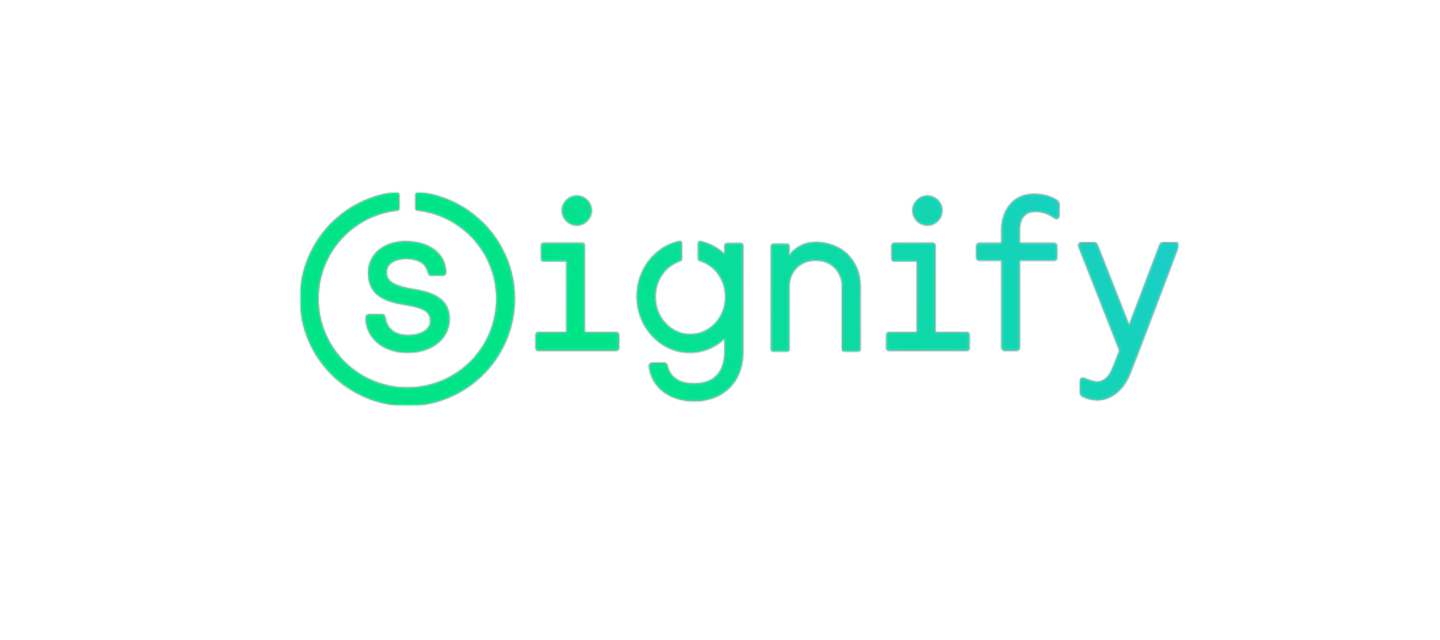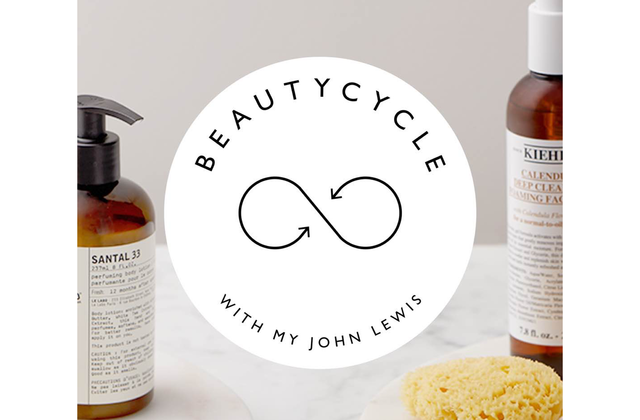What is it? Signify (formerly Philips lighting) introduced Light-as-a-Service, which is about making light available as a service rather than buying lamps.
Why is this important? Signify’s own calculations suggested that lighting was responsible for nearly 20% of global electricity consumption (University of Cambridge, CISL, 2020). Yet, the lighting share of global electricity consumption fell from 19% in 2006 to 13% in 2018 and is projected to decline further to 8% by 2030 adopting state-of-the-art lighting solutions such as the widespread use of LEDs (Signify, 2018, p. 10). LED lights could serve as a viable and more sustainable alternative for incandescent lightbulbs. Moreover, key sectors suffer from increasing levels of waste due to premature obsolescence, caused by issues such as lack of repairability (Bakker et al., 2020). However, lighting products are among the first product categories for which there are durability standards in the Ecodesign Directive (2009/125/EC), standards which are mostly focused on a minimum product lifetime of 6,000 h (Richter et al., 2019). Yet, LEDs have a much longer lifetime (>15,000h), which is more desirable from an environmental perspective, but this longer lifetime may be at odds with the decreasing cost and prices of LED lights (Richter et al., 2020). Product service systems or service-oriented business models such as ‘pay-per-lux’ (Kramer et al., 2019) have the potential to better align the varying interests of accessibility, service, product lifetimes, cost/ price, and waste prevention (Tukker, 2015).
Main resource strategy:
- Slowing the loop, which is the most prominent strategy for Signify, by encouraging product longevity through service and maintenance contracts as part of the light-as-a-service model
- Closing the loop by allowing for recycling of the LED lights at the end of the product lifetime as Signify remains the owner of the lights
- Narrowing the loop by reducing energy for lighting through LEDs rather than incandescent lightbulbs. Compared to other conventional lamps (Halogen, CFLi and TL) LED saves up to 50% in energy and through connected systems up to 80% savings can be realized (source: Signify).
Business model aspects:
- Value Proposition: “Light-as-a-service” (LaaS) provides customers with lighting for an annual fee, while Signify retained ownership of all fixtures and lamps. This eliminates the customer’s initial capital investment in switching to energy-efficient LED lighting, resulting in savings in energy costs and carbon emissions, and it allows Signify to re-use or recycle lighting products and systems, further reducing the environmental impact (Kramer et al., 2019). For cities, “LEDs for street lighting improved illumination levels and gave city residents a greater sense of safety” (University of Cambridge, CISL, 2020).
- Value Creation & Delivery: Signify installs the lights and looks after maintenance, service, upgrading, repair, replacement and eventually recycling.
- Value Capture: Customers pay for the service (e.g., on an annual basis), rather than buying LED lights.
Business model experimentation practices: Around 2012 Philips Lighting in close cooperation with the Ellen MacArthur Foundation and Dutch architect Thomas Rau began to experiment with a new revenue model called Light-as-a-Service (LaaS) or pay-per-lux. It provided customers access to illumination with an annual fee. This model has been further developed and expanded by (now) Signify in various other contexts like circular lighting.
Tools, methods and approaches used:
Design for circularity and Circular lighting business models are integral focus areas of the Sustainable design principles and requirements applied in innovation projects as well as in product and system developments. Experts throughout the company have worked on tools like the ‘Circular design scorecard’ and service models to support the circular lighting propositions offered to mainly business and governmental customers.
Sustainability outcomes: It is estimated that if the entire world adopted LEDs (rather than older technologies such as incandescent lightbulbs), lighting’s share of electricity consumption would drop to up to 8% by 2030 (Signify, 2020) and this could lead to a 10% reduction of global CO2 emissions (Kramer et al., 2019). Signify has also achieved carbon neutrality for its own operations in 2020 through:
- energy efficiency (reduced operational emissions by 70% e.g., by adopting energy-efficient technologies, sustainable modes of transport, optimized logistics planning, and sourcing)
- renewable energy (e.g., contracts with windfarms; car fleets are now electric)
- carbon offsetting (e.g., with offsetting partner South Pole)
(Signify, 2020)
Sources:
Signify (2018). The LED lighting revolution A win for climate, economy, and society. Accessed 16 December 2020 at: https://www.careers.signify.com/static/media/LED%20lighting%20revolution_booklet_2018%20FINAL.92fed7cd.pdf
Signify (2020). Carbon neutrality: Signify’s new normal. Accessed 16 December 2020 at: https://www.signify.com/global/our-company/blog/sustainability/carbon-neutrality-new-normal
***
About project Circular X
Project Circular X is about ‘Experimentation with Circular Service Business Models’. It is an ambitious research project funded by the European Research Council (ERC) which supports top researchers from anywhere in the world. Project CIRCULAR X runs from 2020-2025. The project is led by Principal Investigator (PI) Prof Dr Nancy Bocken, who is joined by a multidisciplinary team of researchers at Maastricht Sustainability Institute (MSI), Maastricht School of Business and Economics, Maastricht University. The project cooperates with businesses who want to innovate towards the circular economy.
Project Circular X addresses a new and urgent issue: experimentation with circular service business models (CSBMs). Examples of such new business models include companies shifting from selling products to selling services and introducing lifelong warrantees to extend product lifetimes. However, CSBMs are far from mainstream and research focused on experimentation is little understood. The research aims to conduct interdisciplinary research with 4 objectives:
- Advancing understanding of CSBMs; their emergence and impacts
- Advancing knowledge on CSBM experimentation
- Developing CSBM experimentation tools
- Designing and deploying CSBM experimentation labs
Funding source
This project has received funding from the European Research Council (ERC) under the European Union’s Horizon 2020 research and innovation programme, grant agreement No. 850159.
Using of this information
When you refer to this case, please use the following source:
Circular X. (year) Case study: Signify Light-as-a-Service. Accessed from www.circularx.eu



